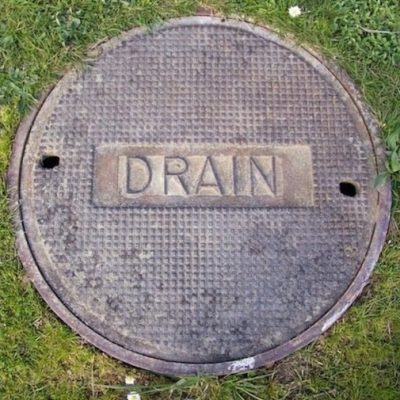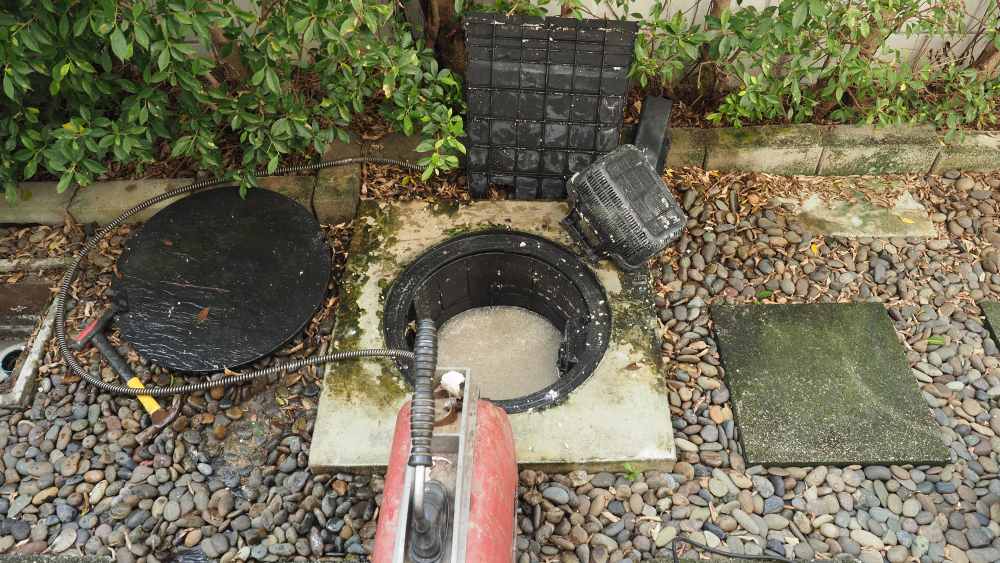Guidelines for Fixing a Blocked Drain Prior to Consulting Plumbing Experts
Guidelines for Fixing a Blocked Drain Prior to Consulting Plumbing Experts
Blog Article
What're your ideas about Some easy tips to fix blocked drains?

Introduction
Handling a blocked drain can be a frustrating experience, disrupting everyday tasks and potentially causing damages to your residential property. Nonetheless, before connecting to pipes specialists, there are actions you can require to address the problem on your own. In this overview, we'll explore DIY remedies and preventive measures to deal with an obstructed drainpipe effectively.
Identifying the Issue
The initial step in dealing with a blocked drainpipe is acknowledging the indications. Sluggish drain, gurgling audios, foul odors originating from drains, or water backing up prevail indicators of a blocked drainpipe. Identifying these signs early can help protect against further complications.
Selecting the Right Pipes Solution
When picking a pipes solution, consider factors such as experience, licensing, and customer testimonials. Pick a respectable plumbing with a record of high quality craftsmanship and transparent prices practices.
Price Factors to consider
The cost of professional drain cleaning services can differ depending upon the seriousness of the clog and the plumbing technician's rates. Demand quotes from several companies and inquire about any kind of additional charges to make certain transparency and prevent surprises.
Safety and security Measures
When attempting DIY drainpipe cleansing, prioritize safety and security. Use safety gloves and eyewear to avoid contact with damaging chemicals or germs. Never ever mix various drainpipe cleansing items, as this can generate harmful fumes.
Case Studies
Real-life instances show the effectiveness of DIY remedies and the value of timely specialist treatment in resolving drainpipe obstructions.
Usual Causes of Blocked Drainpipes
Understanding the variables that contribute to drain clogs is crucial for efficient resolution. Typical culprits include hair, soap scum, grease, food debris, and international items like sanitary products or paper towels. Tree origins invading below ground pipelines can additionally create significant blockages.
DIY Solutions
For small clogs, several DIY solutions can be effective. Putting boiling water down the drainpipe can aid liquify grease and particles. Baking soda and vinegar or a mixture of salt and cooking soda can work as natural cleaners. Using a plunger or plumbing serpent to remove obstructions is an additional alternative.
Tools and Devices
Having the right tools on hand can make DIY drain cleansing extra reliable. A bettor is a functional device for clearing clogs in sinks, commodes, and showers. A pipes serpent or auger can get to much deeper obstructions, while drainpipe cleansing chemicals can be made use of very carefully for stubborn blockages.
Preventive Measures
To prevent future obstructions, taking on safety nets is vital. Mount drainpipe guards or filters to capture hair and debris prior to they enter the pipes. Regularly flush drains with hot water to dissolve grease buildup, and avoid throwing away grease or solid waste down the tubes.
When to Call a Specialist
While do it yourself services can deal with minor blockages, certain indicators indicate the need for professional aid. Relentless blockages, foul odors despite cleansing initiatives, or multiple drains pipes backing up at the same time are warnings that require expert treatment.
Final thought
By complying with the tips laid out in this overview, you can efficiently deal with obstructed drains pipes and avoid future pipes problems. Whether selecting do it yourself services or looking for specialist assistance, timely action is vital to preserving a healthy and balanced pipes system and protecting the integrity of your home.
How to Clear a Clogged Drain Yourself (And When to Call In the Professionals)
What Can Clog a Drain
Dirt Skin flakes Hair Grease Soap scum Food Offset pipes Tree roots Small objects Mineral buildup DIY Tricks to Unclog a Drain
You can fix this! Once you have identified the source of the clog (or have a vague idea), you can try one or a combination of these fixes in order to clear your plumbing.
Wire Hanger or Snake
Untangle and clear out hair from a drainpipe with a homemade snake. Use a straightened-out wire hanger with a 90-degree angle hook to locate the clog and drag out any unwanted material.
Remember not to push the clog further down to where the wire hanger cannot reach! If you need to follow up with a plunger, give it a try. Your efforts might be more successful after it’s been wire-snaked.
If you want to get fancy and don’t have a wire hanger to spare, head to the store and pick up a hand-operated drain snake. You can get one for $10-$30. It may save you the hassle, and provide additional length to reach deep into the clogged pipe.
Plunger
A cup plunger has a suction cup attached to a wooden handle. The rubber creates a seal around the drain, and increases the pressure force of the plunger.
Plunge for 30-second increments to loosen the clog. This may need to be repeated over the course of 15-20 minutes. Once plunged, run the water to flush the remaining material out of the drain.
Remember– never use a plunger if you have used a chemical drain cleaner. These chemicals can splash up from the force of the plunger and cause serious injury or burns.
Boiling Water
Hot water can sometimes break up materials into a flushable amount. Dirt, grease, and soap buildup requires heat in order to unstick from surfaces.
Take your kitchen kettle and heat your water to a boil. Once it reaches a rolling boil, pour it directly down the drain into the blockage. Carefully follow with plunging, if necessary.
Don’t worry if this takes more than one try! It can often take multiple kettles and repeated plunging in order to clear a particularly stubborn clog.
Chemical Drain Cleaner
As a last resort, pick up a bottle of chemical drain cleaner. Drain-cleaning chemicals are potent, and not very good for the environment.
You may need to wear protective eyewear in gloves before handling your bottle of chemical drain cleaner. Follow the instructions printed on the bottle, and flush with water as soon as the instructions allow. Do not follow with plunging.
Baking Soda and Vinegar
As a safer alternative to chemical drain cleaner, baking soda and vinegar can create a chemical reaction that clears tough clogs.
Combine one cup of cleaning vinegar with one cup of boiling water, and set aside. Once you have done this, pour half a cup of baking soda down the drain. Give the baking thirty seconds to settle and cover a large portion of the problem drain.
Following the baking soda, pour down your vinegar and hot water solution. Once the vinegar and baking soda combine, the mixture will bubble and fix. Let this reaction fizzle in the drain for about an hour.
After an hour, follow with a kettle’s worth of hot water. The heat and liquid should flush out any remaining material.
When to Call a Plumber
If your DIY attempts haven’t cleared your clog drain, it’s time to call in a professional. It’s not worth losing access to your kitchen sink or high-traffic bathroom. A clog in a vital area can keep you from the things you’d rather be doing, and derail your routine.
Anytime a clog is causing water to spread is a time to call in a plumbing service. What starts out as a little bit of water can quickly grow into serious, expensive water damage.
Additionally, a serious clog can result in burst pipes or serious leaks. Make sure you know when to take it seriously!
https://myguysnow.com/how-to-clear-a-clogged-drain-yourself-and-when-to-call-in-the-professionals/

Hopefully you liked our topic on Tips for Dealing with Clogged Drains and Sewer Lines. Thanks a ton for spending some time to read our blog post. Be sure to take the time to share this blog entry if you enjoyed it. Thanks a lot for your time. Come back soon.
Visit Our Site Report this page